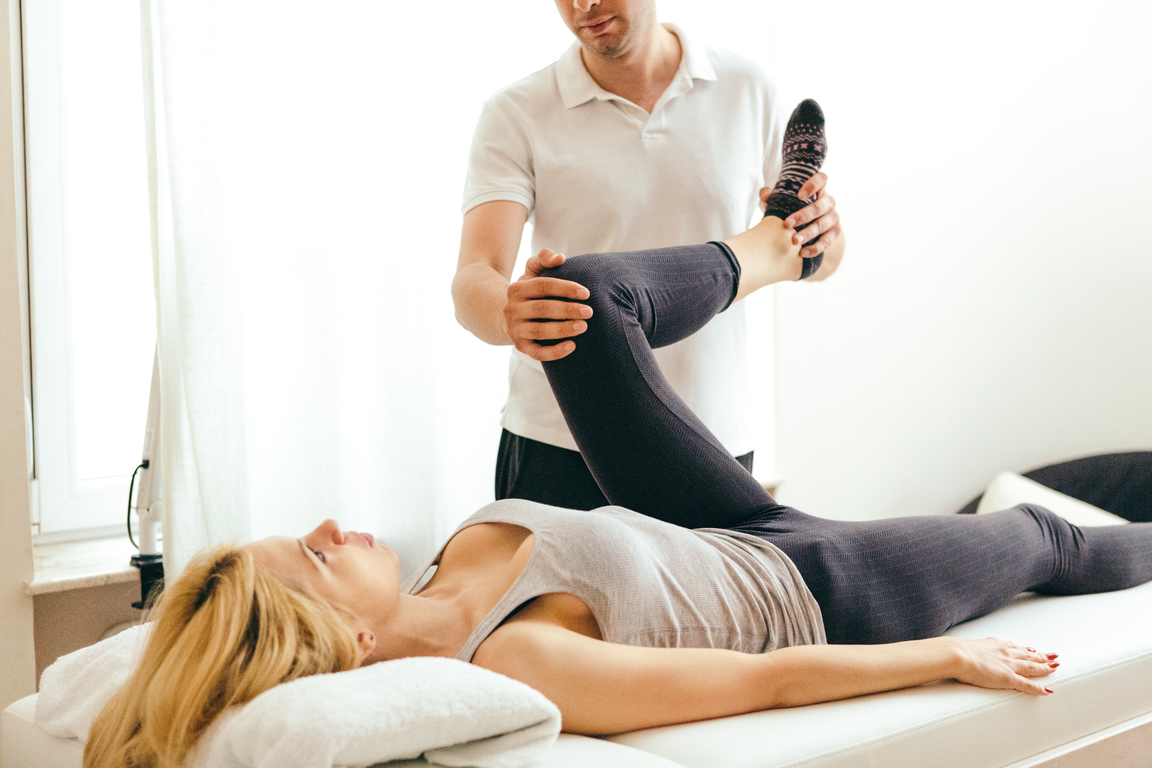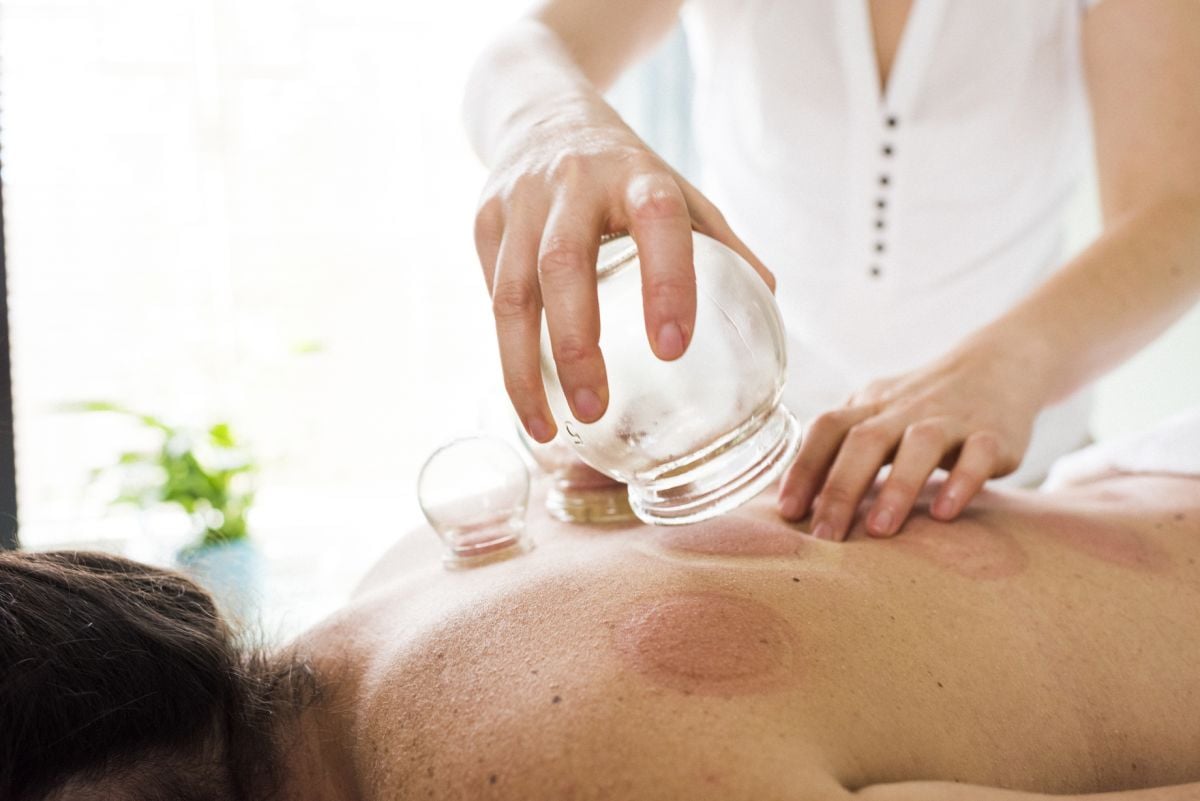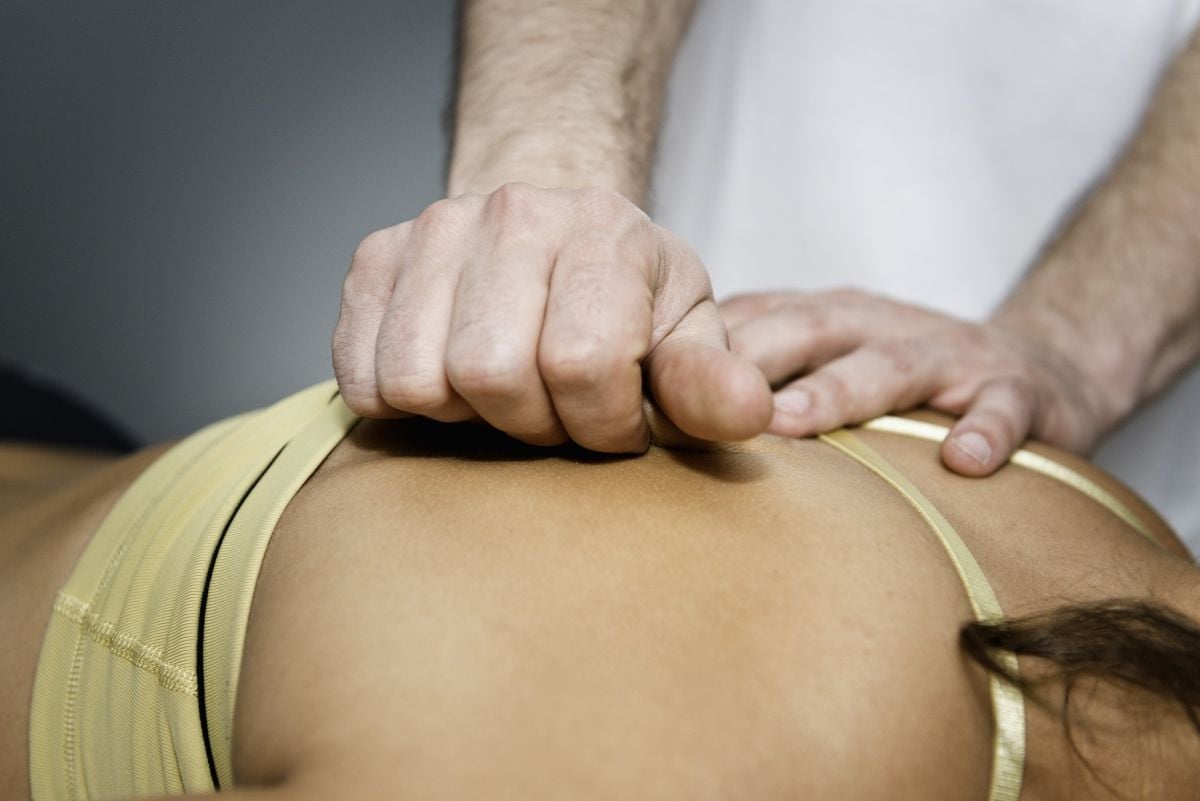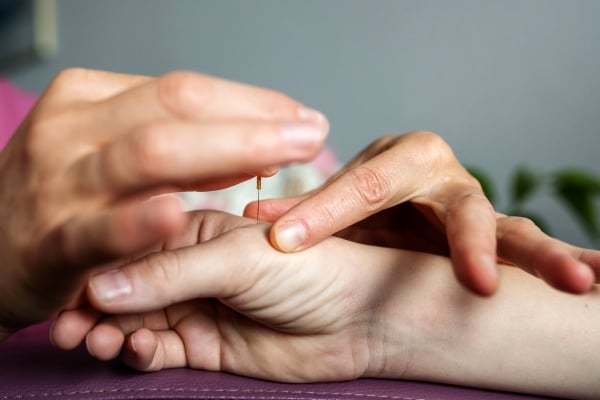
Have you heard of “prehab” for replacement surgeries and how it can help?
With Canada’s largest population, the baby-boomers, entering their retirement years, many people are going to be added (or are already on) the 6-12 months list for joint replacement surgeries, primarily for hip and knee replacement surgeries due to conditions such as osteoarthritis, chronic pain, necrosis, fractures and soft tissue degeneration.
These conditions drastically reduce joint strength, mobility and push people to adopt a sedentary lifestyle, which can worsen other health problems.
There is, however, something you can do about this, as a kinesiology or physiotherapy-based proactive approach to self-care can make a big difference between being controlled by your body and controlling it.
Replacement operations: What to expect before and after

Both the “pre” and “post” phases of replacement operations bring a lot of stress to the individual, as they are typically off work and/or not participating in hobbies.
They are limited in their contributions around their house and have more difficulty moving around, with tasks such as stair climbing becoming increasingly difficult.
They experience physical pain, so physicians typically prescribe pain medication prior to the operation and recommend physical rehabilitation following the surgery.
A mobility program is developed and overseen by a kinesiologist or physiotherapist 2-4 months prior to the operation has been shown to significantly reduce recovery time post-operation and possibly delay the urgent need for a replacement operation.
By carefully and strategically increasing the joint’s ability to move, the joint’s ability to bare weight and strengthening the soft tissues around the joint that provide support and functional strength, an individual can experience both psychosocial and physical relief before and after their operation.
Total replacement surgeries

During total replacement surgeries, damaged structures are replaced with prostheses, which are considered foreign to the body. Surrounding tissues will constrict around the prostheses and mobility will be significantly reduced in the weeks following surgery.
However, a “prehab” program will condition, lengthen and strengthen those surrounding tissues so that they are able to maintain their tactile strength and elasticity post-surgery, which will decrease the amount of physical rehabilitation required post-operation.
Many evidence-based studies have demonstrated that pre-operation strengthening programs for knee and hip joint replacement surgeries decreased the need for post-operation rehabilitation by up to 70%.
An appropriate pre-operative program can be the difference between returning to activities such as golf, tennis and hiking after surgery versus still being significantly limited in functional movements.
Moreover, a pre-operative program has shown to significantly decrease pain while waiting for the surgery, which is an enormous asset for psychosocial health.
If you’re experiencing hip or knee pain, or are already on a wait-list for replacement surgery, look for a clinic near you and schedule an appointment with a clinician to begin your prehabilitative treatment.



